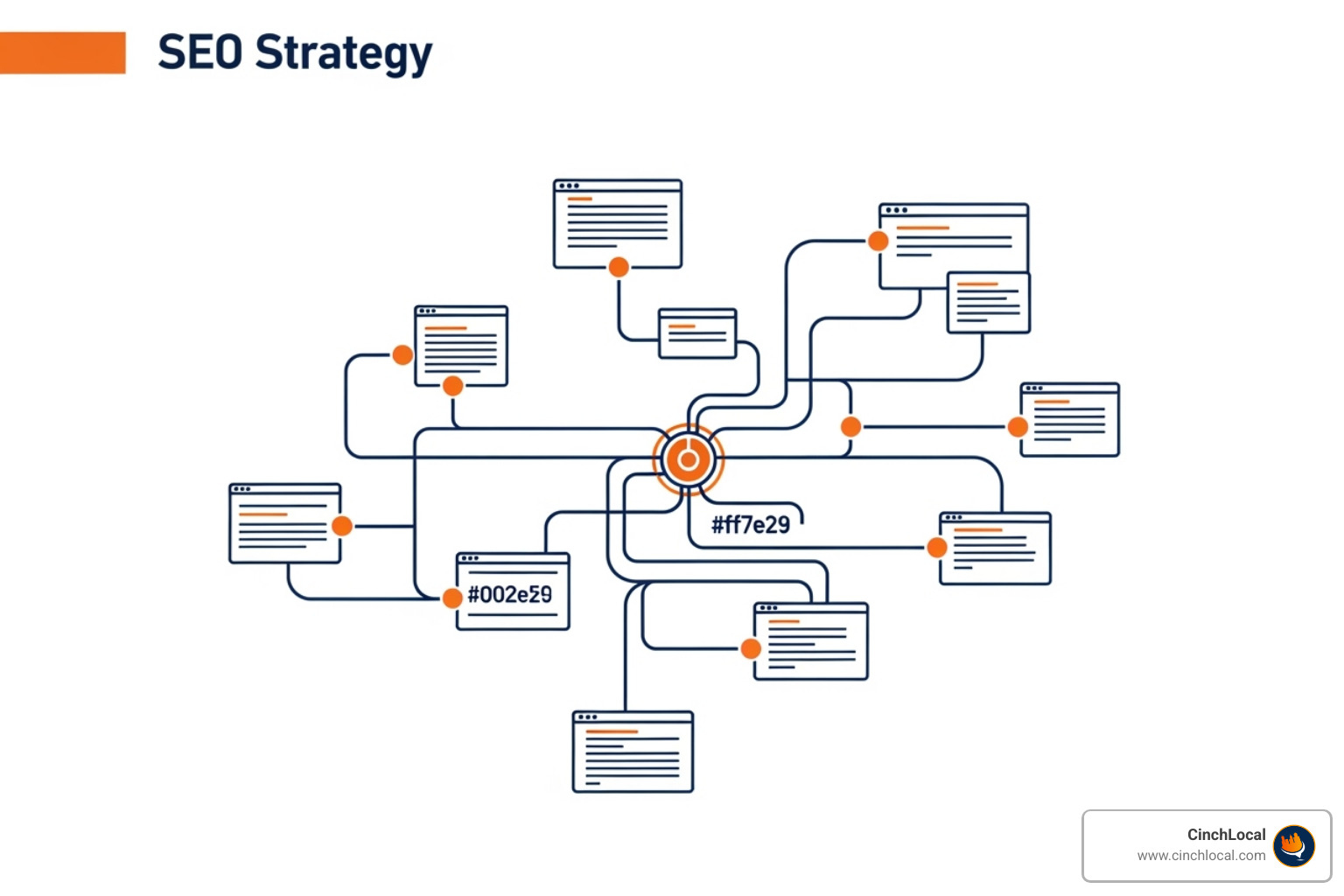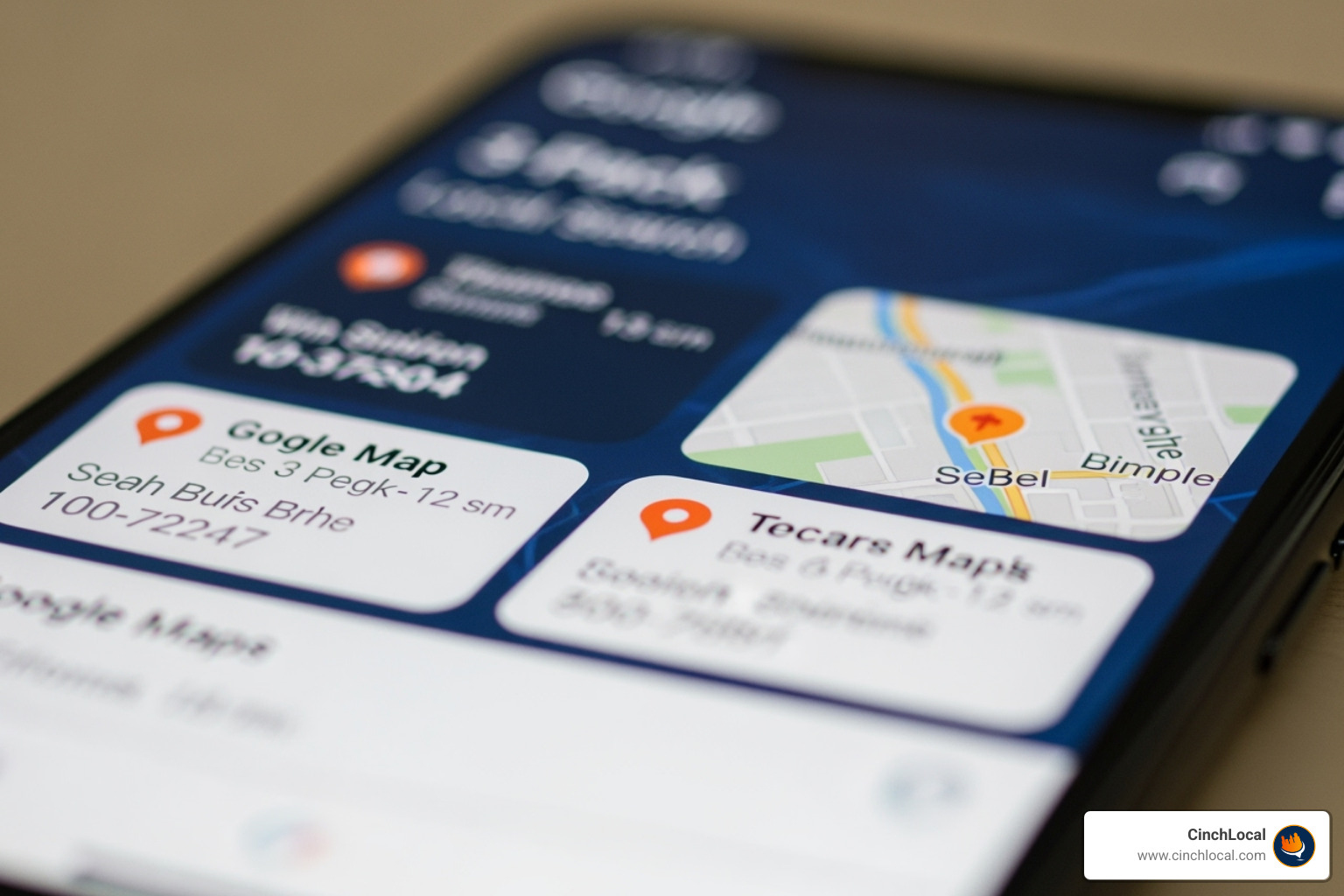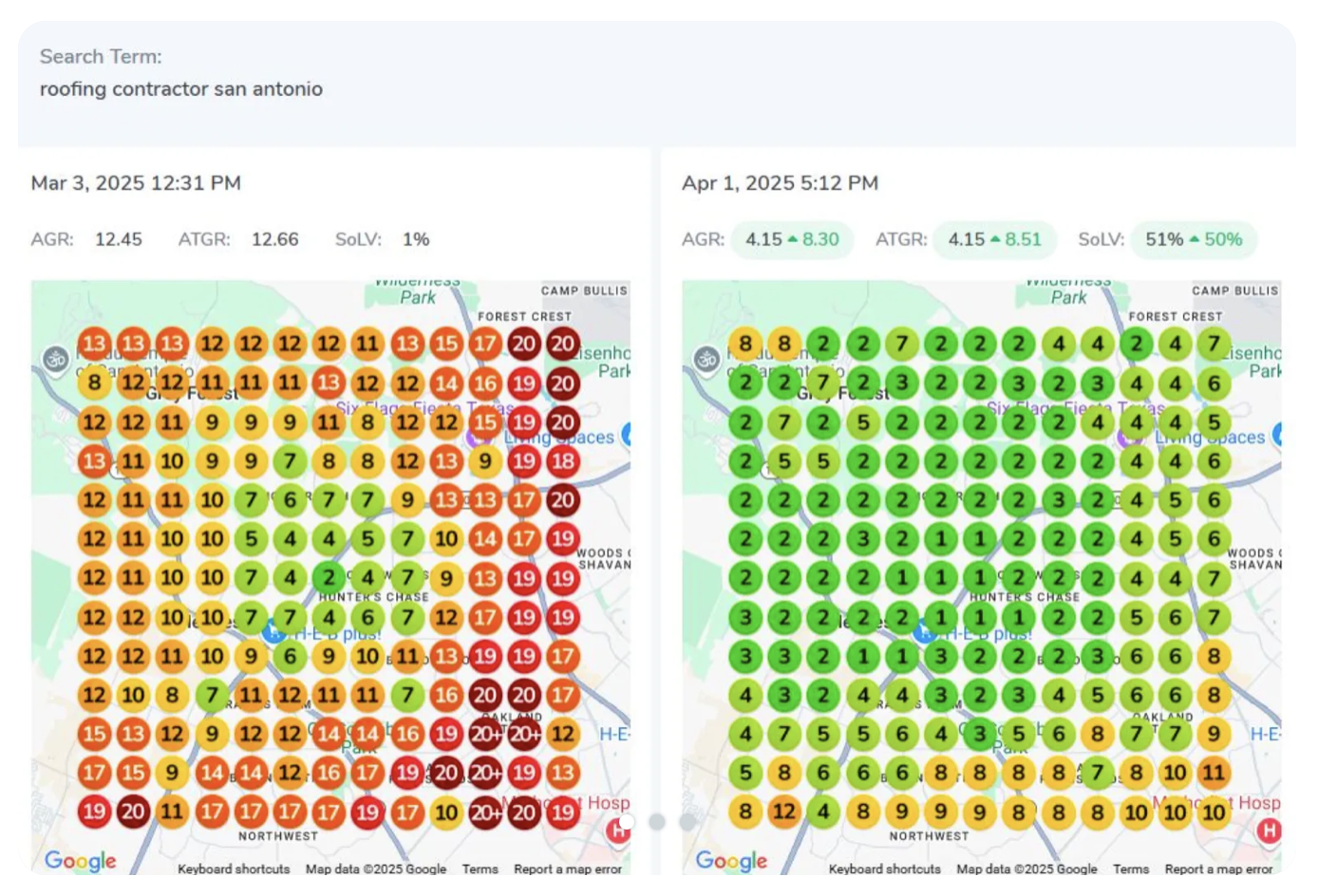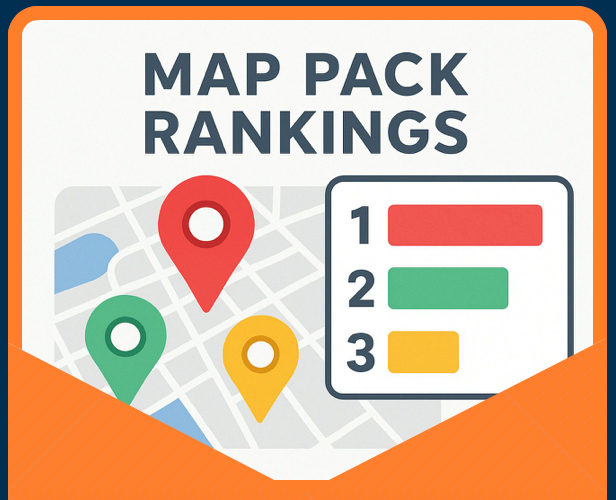
Cary Byrd // Founder of CinchLocal
Home Service SEO: Your Blueprint to Online Visibility
Introduction
Every day, homeowners whip out their phones and type something like “roof repair near me” into Google. If your company isn’t showing up in those results, you’re handing jobs to the competition. A results-driven SEO for home service contractors blueprint ensures that your business—not the guy down the street—gets the click, the call, and the contract.
In this guide you’ll learn exactly how to build and execute a search-engine strategy that drives local visibility, pre-sold leads, and long-term growth. Whether you’re scaling a multi-location roofing outfit or looking to dominate your neighborhood, the framework below will help you rise to the top.

Why SEO is a Non-Negotiable Tool for Roofing Contractors
We talk with roofers every week who are masters at repairing storm damage or installing premium shingles—but feel invisible online. Search Engine Optimization (SEO) is the digital megaphone that fixes that problem. Instead of passing out flyers or waiting on word-of-mouth, SEO places your company at the top of Google exactly when a homeowner finds water dripping from the ceiling.
When Google puts your listing front-and-center, it instantly boosts your credibility. In fact, 97% of consumers learn more about a local company online, and the #1 organic result is 10x more likely to earn a click than listings buried further down. For roofing businesses, those clicks equate to estimate requests, emergency tarping calls, and full replacement projects.
The Tangible Benefits of a Solid SEO Strategy
- Higher Search Rankings: Own the first page for terms like “roof replacement [city].”
- More Qualified Traffic: People actively looking for a roofer land on your site.
- Increased Calls & Form Fills: High-intent visitors convert into scheduled inspections.
- Reduced Acquisition Cost: Organic leads cost less than pay-per-click in the long run.
- Clear ROI Tracking: American Vintage Home saw a 77:1 return—roofers can achieve similar wins.
SEO vs. Traditional Advertising
A billboard on a major interstate can run $14,000 a month—and disappears the second you stop paying. SEO is an asset that compounds: once you rank, you continue generating leads around the clock. Plus, the homeowner searching “emergency roof leak repair” is ready to hire right now, making every organic click far more valuable than a passive impression from traditional media.
The 6 Essential Steps to Build Your SEO Strategy for Roofing Services

Step 1: Conduct a Comprehensive SEO Audit
Before you can map out where you're going, you need to know where you stand. An SEO audit is like a full inspection of your digital property. It uncovers technical issues, content gaps, and competitive weaknesses that are holding you back. Start by using tools like Google Search Console to check for crawl errors, mobile usability issues, and site speed problems. Analyze your current keyword rankings—are you even on the map for critical terms? Look at your backlink profile and compare it to your top competitors. This initial diagnosis forms the foundation of your entire strategy, highlighting the quick wins and long-term fixes needed to climb the rankings.
Step 2: Perform Hyper-Local Keyword Research
Instead of guessing what prospects type into Google, dive into real data. For roofers, core “seed” terms include “roof repair,” “roof replacement,” “storm damage roof,” and “emergency tarping.” Add local modifiers like your city, neighborhood, or phrases such as “near me” to create targets like “metal roof replacement Knoxville TN” or “emergency roof tarping near me.” Tools like Google Keyword Planner reveal search volume and competition, while competitor analysis uncovers gaps you can fill. Need extra tips? Check out our guide on more info on finding the right keywords.
Step 3: Create a High-Value Content Strategy
Content answers homeowner questions before they pick up the phone. Effective ideas for roofers include:
- How-to Guides: “How to spot hail damage on asphalt shingles.”
- Project Case Studies: Before-and-after photos of a full tear-off and install, plus client testimonial.
- Service Pages: Dedicated pages for “gutter installation,” “skylight replacement,” and “roof inspection.”
- FAQ Pages: Address common concerns about warranties, insurance claims, and materials.
- Comparison Posts: “Architectural shingles vs. metal roofing—pros, cons, and costs.”
Blogging at each stage of the customer journey establishes authority and boosts rankings. Wondering if blogging still moves the needle? Read Does blogging really help SEO?.
Step 4: Master On-Page SEO for Your Website
On-page SEO is the art of optimizing your website's content and structure for both search engines and users. Every page on your site is an opportunity to rank.
- Title Tags & Meta Descriptions: Craft compelling, keyword-rich title tags (e.g., "Expert Roof Repair in [City] | Your Company Name") and meta descriptions that entice clicks from the search results page.
- Header Tags (H1, H2, H3): Use headers to structure your content logically. Your main page title should be an H1, with subheadings as H2s and H3s to improve readability and signal topic relevance to Google.
- Content Optimization: Weave your target keywords naturally into your page copy, especially in the first 100 words. Ensure your content is comprehensive, answers user questions, and is easy to read.
- Image Alt Text: Describe your images using alt text. For a photo of a recent project, use something like "asphalt shingle roof replacement in [Neighborhood]" instead of "IMG_1234.jpg." This helps with image search and accessibility.
- Internal Linking: Link between relevant pages on your site. For example, a blog post about hail damage should link to your "Storm Damage Repair" service page.
Step 5: Build Authority with Link Building and Citations
When local news sites or manufacturers link back to your roofing company, Google treats it as a vote of confidence. Effective tactics include joining your city’s Chamber of Commerce, securing links from shingle suppliers who list certified installers, or writing guest posts for real-estate blogs about “pre-sale roof inspections.” Maintain NAP consistency across all directories—learn more about that in Boost your success with local citations.
Step 6: Leverage Customer Reviews for SEO and Trust
Over 90% of homeowners read reviews prior to selecting a roofer. Ask for feedback immediately after completing a job, include QR codes on inspection reports, and respond graciously to every review—positive or negative. Featuring shining testimonials on your homepage builds social proof and supports higher local rankings.
Mastering Local SEO: How to Dominate the Map Pack

For roofing companies, local SEO isn’t just important—it’s your secret weapon. Imagine a homeowner whose ceiling suddenly develops a leak during a midnight storm. They’re not searching for any contractor; they’re searching for someone right now, right here. Your goal is to own that moment by appearing in Google’s coveted Local 3-Pack.
Google ranks businesses in the 3-Pack using three primary signals: Proximity (distance to the searcher), Relevance (how well your profile matches the query), and Prominence (authority built through reviews, links, and citations). Nail all three and you’ll capture the lion’s share of local roofing leads. Dive deeper with our guide on How to win at the local map pack.
Optimizing Your Google Business Profile (GBP)
Your Google Business Profile is your digital storefront and the cornerstone of local SEO. It's often the first interaction a potential customer has with your business. To dominate the Map Pack, your profile must be flawless.
- Claim and Verify: First, ensure you have claimed and verified your listing.
- Complete Every Section: Fill out everything. This includes your business name, address, phone number (NAP), hours, and a detailed business description packed with relevant keywords.
- Select Primary & Secondary Categories: Choose "Roofer" as your primary category and add secondary categories like "Siding Contractor" or "Gutter Cleaning Service" if applicable.
- List Your Services: Detail every service you offer, from "Emergency Tarping" and "Shingle Repair" to "Full Roof Replacement."
- Upload High-Quality Photos: Consistently add new, geo-tagged photos of your team, your trucks, and your finished projects. Before-and-after shots are incredibly powerful.
- Use Google Posts: Share weekly updates, highlight recent jobs, or promote special offers using Google Posts. This shows Google (and customers) that your business is active.
- Encourage and Respond to Reviews: As mentioned, reviews are critical. Make it a habit to ask for them and always respond professionally.
Creating Location-Specific Service Pages
Instead of one generic “Roofing Services” page, craft unique pages such as “Emergency Roof Repair Oak Ridge,” “Metal Roof Installation Dalton,” or “Storm Damage Restoration Sacramento.” Populate each with local landmarks, project photos from that city, and customer testimonials. This hyper-local content tells Google—and homeowners—that you’re the go-to expert in their neighborhood. Follow our step-by-step guide on Creating and optimizing local landing pages to get started.
Measuring Success and Deciding Your Next Move
SEO isn't a "set it and forget it" strategy. To truly succeed, we need to constantly monitor our efforts, analyze the data, and make informed decisions. This is how we ensure your investment is paying off and that we're always moving in the right direction.
Key Metrics and Tools for Measuring SEO Performance
How do we know if our seo for home service contractors efforts are working? We track a variety of key metrics:
- Tracking Keyword Rankings: We monitor where your website ranks for your target keywords. Are you moving up the search results?
- Monitoring Organic Traffic and User Engagement: Using tools like Google Analytics , we look at how many people are visiting your site from organic search, how long they stay, which pages they visit, and their bounce rate.
- Measuring Conversions: This is the big one! We track phone calls (using call tracking software), form submissions, and online bookings to see how many leads your SEO efforts are generating.
- Calculating ROI: By comparing the cost of your SEO investment to the revenue generated from SEO leads, we can determine your return on investment.
How Long Does SEO Take and What Does It Cost?
We like to be upfront: SEO is a marathon, not a sprint. You won't see overnight results, and anyone promising them is probably trying to pull a fast one.
- Typical Timeline: You can usually see initial shifts in rankings and traffic within 3-6 months. However, for significant, impactful results and a strong ROI, it typically takes 6-12 months of consistent effort. For highly competitive keywords, it can take even longer. This is because Google's algorithms need time to crawl, index, and assess your website's authority.
- Cost Factors:
The cost of SEO for home services varies widely depending on several factors:
- Competition: How competitive is your local market?
- Business Goals: What are you trying to achieve? (e.g., local dominance vs. expanding to new cities)
- Scope of Work: The more comprehensive the strategy (content creation, link building, technical fixes), the higher the investment.
While pricing can range, a good benchmark for comprehensive seo for home service contractors services typically falls between $1,000 - $5,000 per month. This investment covers the ongoing work required to keep you competitive and growing. To get a better idea of what to expect, read our detailed article on How much do SEO services cost?.
DIY SEO vs. Hiring a Professional Agency
Many contractors ask us, "Can I just do SEO myself?" The answer is, you can learn the basics, and we encourage you to. However, effective SEO is complex and constantly evolving.
Pros of DIY SEO:
- Cost savings (initially).
- Direct control over your efforts.
Cons of DIY SEO:
- Time-consuming (takes away from running your business).
- Steep learning curve.
- Risk of making mistakes that could hurt your rankings.
- Keeping up with algorithm changes is a full-time job.
When to consider hiring an expert: If you're serious about growth, lack the time or expertise, or want faster, more consistent results, hiring an SEO agency is often the best move. A reputable agency brings specialized knowledge, dedicated resources, and proven strategies to the table.
When looking for an SEO agency, here's what to look for:
- Industry Experience: Do they understand the unique nuances of the home service industry?
- Transparency: Will they clearly explain their strategies and provide regular, easy-to-understand reports?
- Case Studies: Can they show you real results they've achieved for other clients?
- Clear Communication: Will they be responsive and keep you informed every step of the way?
We've compiled a comprehensive list of Questions to ask before hiring an SEO company to help you make an informed decision.
Conclusion
SEO isn’t a buzzword—it’s the lifeline that connects your roofing business with homeowners who desperately need help. By following the blueprint above—auditing your site, targeting hyper-local keywords, publishing helpful content, earning authoritative links, and mastering the Map Pack—you’ll lift visibility, generate pre-sold leads, and outpace competitors.
Consistency is key, but you don’t have to tackle it alone. CinchLocal’s Roofer Footprint Expansion System is purpose-built to boost Google Maps visibility and deliver qualified leads in 30 days or less. Ready to turn online searches into signed contracts? Explore our SEO for home service contractors to get started.
Want Us to Uncover Hidden 'Footprint Gaps' And Critical Blind Spots That’s Quietly Draining Calls, Jobs, and Profits?
Simply Fill Out The Form Below:








